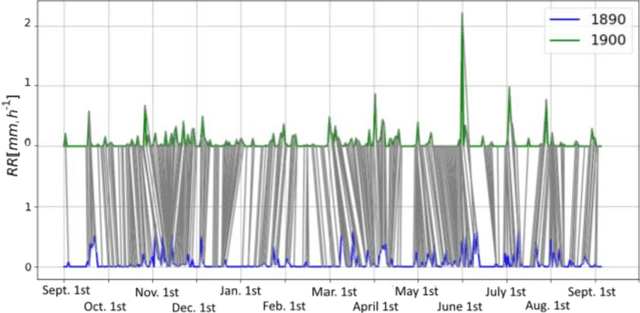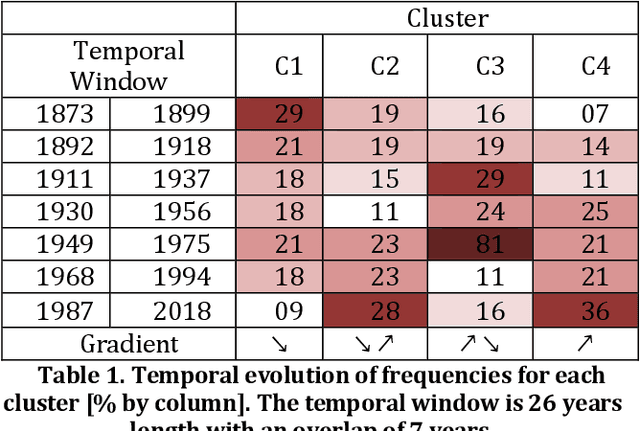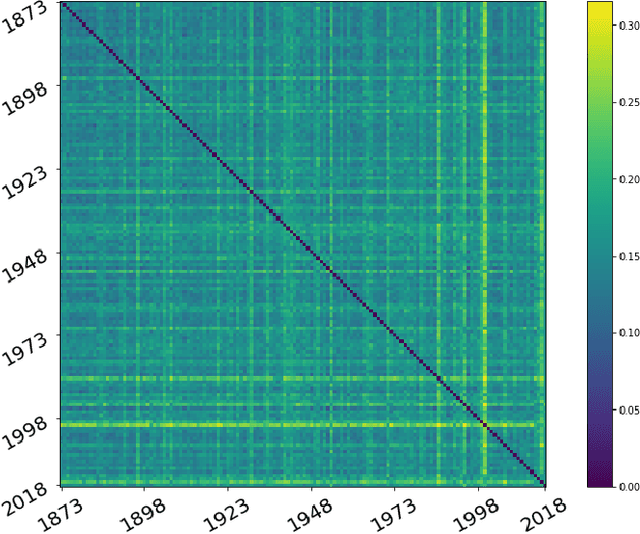Cécile Mallet
Evaluation of drain, a deep-learning approach to rain retrieval from gpm passive microwave radiometer
Mar 02, 2023Abstract:Retrieval of rain from Passive Microwave radiometers data has been a challenge ever since the launch of the first Defense Meteorological Satellite Program in the late 70s. Enormous progress has been made since the launch of the Tropical Rainfall Measuring Mission (TRMM) in 1997 but until recently the data were processed pixel-by-pixel or taking a few neighboring pixels into account. Deep learning has obtained remarkable improvement in the computer vision field, and offers a whole new way to tackle the rain retrieval problem. The Global Precipitation Measurement (GPM) Core satellite carries similarly to TRMM, a passive microwave radiometer and a radar that share part of their swath. The brightness temperatures measured in the 37 and 89 GHz channels are used like the RGB components of a regular image while rain rate from Dual Frequency radar provides the surface rain. A U-net is then trained on these data to develop a retrieval algorithm: Deep-learning RAIN (DRAIN). With only four brightness temperatures as an input and no other a priori information, DRAIN is offering similar or slightly better performances than GPROF, the GPM official algorithm, in most situations. These performances are assumed to be due to the fact that DRAIN works on an image basis instead of the classical pixel-by-pixel basis.
Study of the impact of climate change on precipitation in Paris area using method based on iterative multiscale dynamic time warping
Oct 22, 2019


Abstract:Studying the impact of climate change on precipitation is constrained by finding a way to evaluate the evolution of precipitation variability over time. Classical approaches (feature-based) have shown their limitations for this issue due to the intermittent and irregular nature of precipitation. In this study, we present a novel variant of the Dynamic time warping method quantifying the dissimilarity between two rainfall time series based on shapes comparisons, for clustering annual time series recorded at daily scale. This shape based approach considers the whole information (variability, trends and intermittency). We further labeled each cluster using a feature-based approach. While testing the proposed approach on the time series of Paris Montsouris, we found that the precipitation variability increased over the years in Paris area.
 Add to Chrome
Add to Chrome Add to Firefox
Add to Firefox Add to Edge
Add to Edge